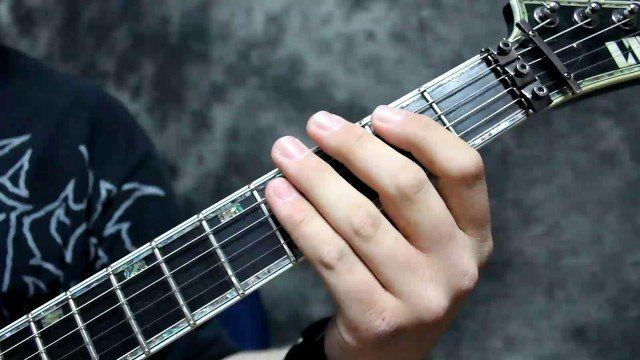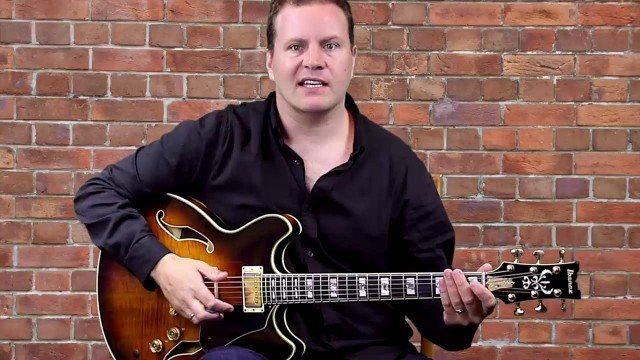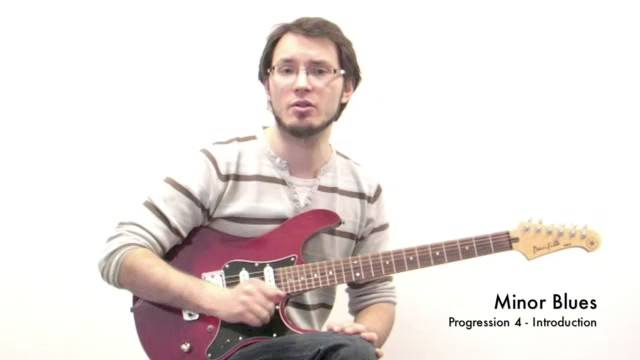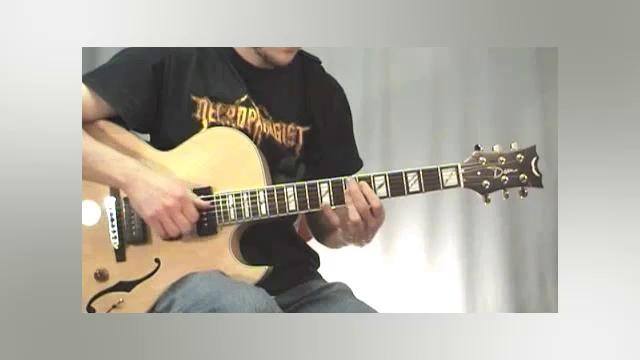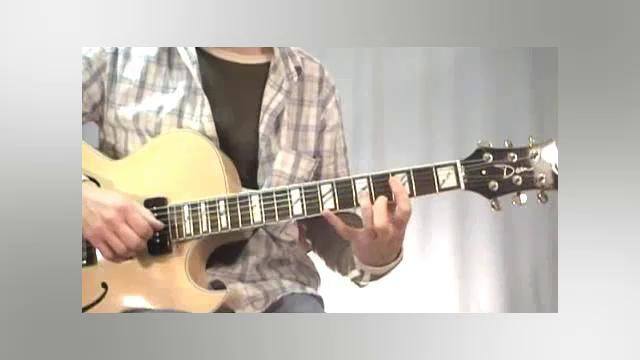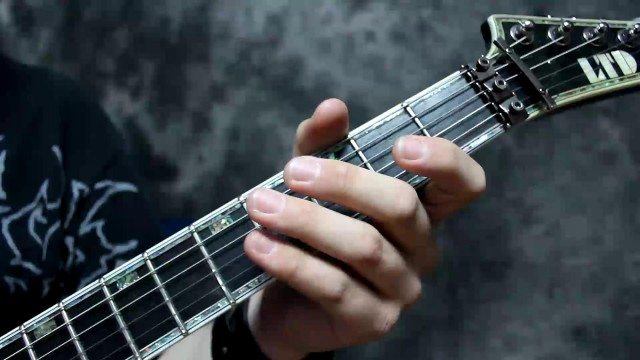So let's map out these shell voicings on the guitar.
The nice thing about these chords is that they only contain 3 notes so they are pretty easy to play. If you're a beginner trying to figure out blues and jazz chord progressions on the guitar then these are the voicings to start out with. They're easy to remember, and easy to play.
Bear in mind though that these are not for complete beginners, rather someone who has played a while but is beginning their journey into blues or jazz or an intermediate player who wants to expand their chord vocabulary.
The first set of shell voicings we'll be learning have their root on the Low E string or 6th string. We'll also learn voicings with the root on the A string in the next lesson.
Our chords must contain a Root, 3rd and 7th - the three notes required to voice any type of 7th chord effectively. If you were playing with a bass player feel free to drop the root leaving you with only two notes to play! Easy gig! Haha! In fact, this happens a lot and is standard practice for blues and jazz guitarists who end up playing just the 3rds and 7ths all night!
For the sake of clarity and resonance we'll place the root on the E string, the 7th on the D string and the 3rd on the G string. Doing this for each shell voicing gives us the clearest and most resonant voicing for each chord.
All the shapes are listed below giving us a shell voicing for Gmaj7, Gm7, G7 and Gm7b5.
Note that since we're not playing the 5th, our m7 and m7b5 chords are the same shell shape. This is important as it means we can play the same shell voicing regardless of whether the chord has a b5 or a natural 5.
Learn the shapes below and see how I play them in the video. Once you've learned them, move them up and down the E string to get used to playing them.
Move on to the next video and we'll learn the shell voicings rooted on the A string.











